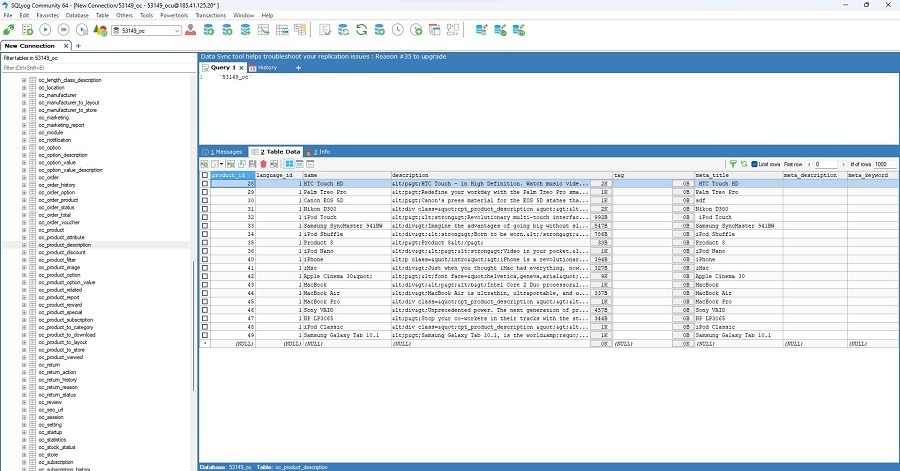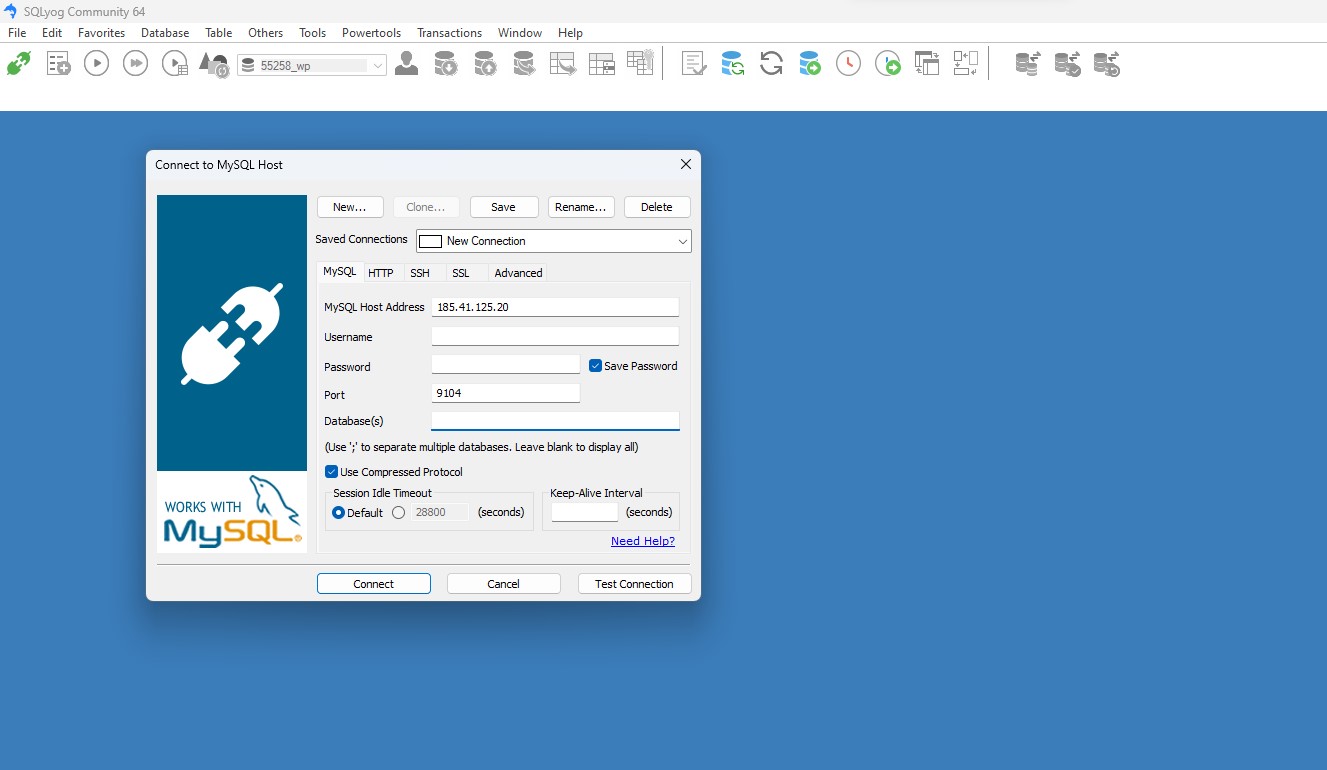SQLyog an alternative to working with phpMyAdmin
There are several tools and options you can use for working with your MySQL 5, MySQL 8 and MariaDB database. What most people will be familiar with is the online management environment that we also have ready for you, phpMyAdmin. However, in some situations it is more advisable to work locally with a program. This is because it can handle larger files better, which is useful for larger websites. In this blog post, let's take a look at the alternative SQLyog, and how to connect to it locally to connect.
SQLyog
A favorite among advanced users and administrators, SQLyog has a fine user interface that can be used effectively. With SQLyog you can manage your entire database the way you want, and also allows you to perform certain things more easily and reliably than in phpMyAdmin.
This is because phpMyAdmin has the major limitation that it works through the browser, an internet browser with phpMyAdmin is fine for most users who don't need to spend all day doing this. But it quickly shows its limitations if you need to be here longer. Namely, your session may be logged out, the file may be too large to upload via the browser and many more reasons. A local management tool like SQLyog can make a big difference in your use of MySQL and be a godsend.
SQLyog is available in a number of different variants, both paid and free. You can decide for yourself whether you find the paid version worthwhile, and of course start with the free Community Edition, which you can download from GitHub and easily install.

Connecting to your database
It's easy to connect to your database that you created through MijnHostingPartner.co.uk. Simply jot down in a notepad the username of the database, the name of the database itself and the corresponding password. You also need the external connection data of the database server. We have several of these. You can find them in our knowledge base at the following location:
https://www.mijnhostingpartner.nl/client/knowledgebase/web-ontwikkeling/databases/mysql/kan-ik-mijn-mysql-database-extern-benaderen/
Or by looking under the MariaDB or MySQL 8 categories. Here you will find these data as well.
Managing the database and importing from an SQL file
To further manage your database once you are logged in, you can navigate to the tables and execute queries as desired. If you want to import a database right away, you can easily do so using the admin tool. We recommend that you do the importing with the abort on error unchecked. Experience has shown that it is easier to fix the error afterwards, instead of performing the entire upload again, as this can take quite some time with larger .sql files.
Modern Content Management Systems and database usage
Many users will hardly ever work with such a tool as SQLyog or phpMyAdmin, because with modern Content Management Systems it is not often necessary to look directly into the database. If you are somewhat inexperienced in this you can also damage a lot in your website.
Before you start working with it, it is therefore advisable to always make a backup first. However, some things can only be done directly through the database, and you have a lot more control over this. Without having to install an extra plug-in with WordPress, for example. Through the database you can, for example, remove outdated plug-in tables yourself, reset the administrator password, change the site URL manually, or delete old post revisions. Almost everything can be done through the database, as long as you have the necessary knowledge for this. Therefore, this is often more for advanced users and designers to work with.
What is your favorite management tool for MySQL or your used database? Let us know!
